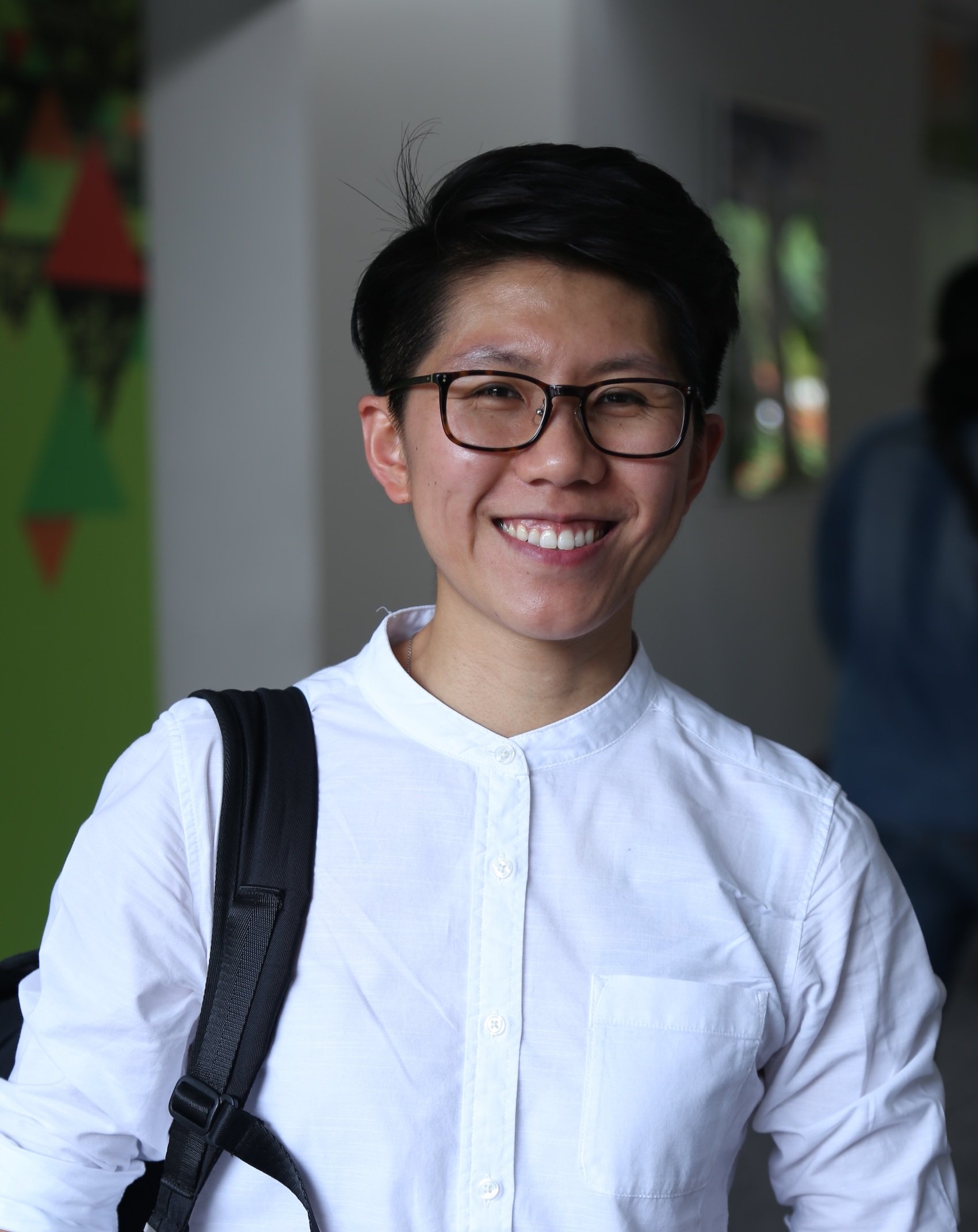My Own Words: Why it may not be a good idea to use the term NFT Art
Let’s reconsider values of the arts
By Hsu Fang-Tze
'My Own Words' is a monthly series which features personal essays by practitioners in the Southeast Asian art community. They deliberate on their locality's present circumstances, articulating observations and challenges in their respective roles.
A short tour of the Andy Warhol Museum in Pittsburgh. An audience is wandering through some portraits by Andy Warhol. Image courtesy of Mingjun Liu. Retrieved by the author from unsplash.com/photos/sIQjmV4Avsg.
Image created by Tezos. Retrieved by the author from unsplash.com/photos/5NX5x2-O7KU.
On 21 February 2021, an artwork by Beeple (pseudonym of artist Mike Winkelmann) entitled ‘Everydays: The First 5000 Days’ and minted into a non-fugible token (NFT) was sold for USD69,346,250 during a Christie’s online auction. Since then, the value of art has captured the attention of the general public, thanks to the extensive coverage from major news outlets’ pervasive sharing of news of the sale by users of social media.
‘Everydays: The First 5000 Days’, a collage of 5,000 images that occupied 13 years of Winkelmann’s life with making, embodies the artist’s dedication and extended artistic labour, although these are not the reason for what kindled the feverish reaction of the people. But it is about the financial transactions happening around ‘Everydays: The First 5000 Days’, which involves how its provenance is stored in a Non-Fungible Token (NFT). This metadata which includes where the files are stored is recorded by the NFT, which is a tradeable token. The protocols of NFTs are traced to Cryptokitties, a collectables crypto game built on the Ethereum chain. The sale of ‘Everydays’ for USD69 million propelled the buyer, the artist and this technology to mainstream fame.
To better unpack this perplexity, let us start with some fundamental questions. How do we value art? What value have the arts created? The arts have been an integral part of our society. It is the artistic creativity that differentiates human beings from other species. While the arts are at the centre of cultural conceptualisation, the perplexity of value and the valuation of arts have blossomed into academic fields and professional occupations. Because the scope of arts is remarkably vast, and almost any form of creative action can fit under its roof, how does it continue to operate in accordance with public evaluations? It is that mutual recognition of the value of the arts that artistic practitioners communicate with their audiences and forms the essence of communities and culture.
The answer to this question could be arbitrary because there is no homogenous kind of “human life”, not to mention the impossibility of finding a consensus on what is good, proper, or desirable. However, it is specifically through the process of collective attempt to find the common ground on answering these questions, that a group of humans would find the essential cultural identity which defines them as a community. In a linguistic sense, Graeber frames the conception of value as a “meaningful difference” that differentiates the creation from its original source. In other words, linguistically speaking, the value of a painting could refer to a “meaningful difference” created from its original source, which is paint and canvas. Therefore, in the linguistic sense, the value of ‘Everydays: The First 5000 Days’ could lay in the “meaningful difference” between its final form as a digital collage and the 5,000 images created by Winkelmann throughout the 13 years of his life; most importantly, in his artistic creativity.
“In fact, by enabling artists to mint their digital artworks into an NFT, the blockchain-based protocol solves one of the main headaches for artists who create digital arts and their collectors – a certified scarcity.”
The reason for not calling NFTs art may lie not only in the limitation of the Ethereum smart contract protocol for conveying the aesthetic entirety of digital assets. It is also due to the public value of art beyond its monetary valuation. The arts can be good business as long as we are clear on what is art and what it has to do with its value transaction.
1London The National Gallery, “Glossary,” Provenance | Glossary | National Gallery, London, accessed July 2, 2022,https://www.nationalgallery.org.uk/paintings/glossary/provenance#:~:text=Provenance%20refers%20to%20the%20history,themselves%20and%20auction%20sale%20catalogues.
2Jos Hackforth-Jones and Iain Robertson, Art Business Today: 20 Key Topics. London: Lund Humphries, p. 1742, 2016. Kindle Version.
3David Graeber, “Three Ways of Talking about Value,” in Toward an Anthropological Theory of Value (New York: Palgrave Macmillan, 2001), p. 45.
4 Ibid, pp. 1-2.
5 Ibid, p. 1.
6 Angelica Villa, “5 Andy Warhol Nfts Are Heading to Auction. Art Experts Question Their Authenticity.,” 5 Andy Warhol NFTs Are Heading to Auction. Art Experts Question Their Authenticity (ARTNews, May 24, 2021), https://sg.style.yahoo.com/5-andy-warhol-nfts-heading-190000187.html.
7 Jon Ippolito, “Crypto-Preservation and the Ghost of Andy Warhol,” Arts 11, no. 47 (2022), https://doi.org/10.20944/preprints202202.0346.v1.
8According to CONDITIONS OF SALE FOR CHRISTIE’S INC., Your purchase of the lot does not provide any rights, express or implied, in (including, without limitation, any copyrights or other intellectual property rights in and to) the digital asset underlying the NFT other than the right to use, copy, and display the digital asset for your own personal, non-commercial use or in connection with a proposed sale or transfer of the NFT and any other right expressly contained in these Conditions of Sale. “Conditions of Sale: Buying at Auction,” Christie’s , accessed July 7, 2022, https://www.christies.com/buying-services/buying-guide/conditions-of-sale.
The views and opinions expressed in this article are the author's own and do not necessarily reflect those of A&M.
Read all My Own Words essays here.
About the Writer
Hsu Fang-Tze is a lecturer at the Communications and New Media Department, the National University of Singapore, where she is also a coordinator of the M.A. in Arts and Cultural Entrepreneurship. She is also a curator who has worked with many artists and institutions in the last decade.
The MA in Arts and Cultural Entrepreneurship programme is designed to cater to the needs of creative professionals and meet the strong demands of Singapore’s and Asia’s ever changing cultural creative industry sector. This is an ideal Masters if you wish to examine the uses of creativity as a progressive force for culture, economy and society. You will learn from industry practitioners and professional educators about entrepreneurial creativity and how it shapes new enterprises and leads entrepreneurial growth. You will also learn the core strategic skills in the administration, management and leadership of arts and cultural organisations, resources and infrastructures, from managing festivals, events and museums, to working in community development, heritage tourism, education and government. The course enables you to acquire the professional skills and knowledge to succeed in the arts, cultural and creative sectors, and become ethical and reflective practitioners committed to making meaningful contributions. More information here.









